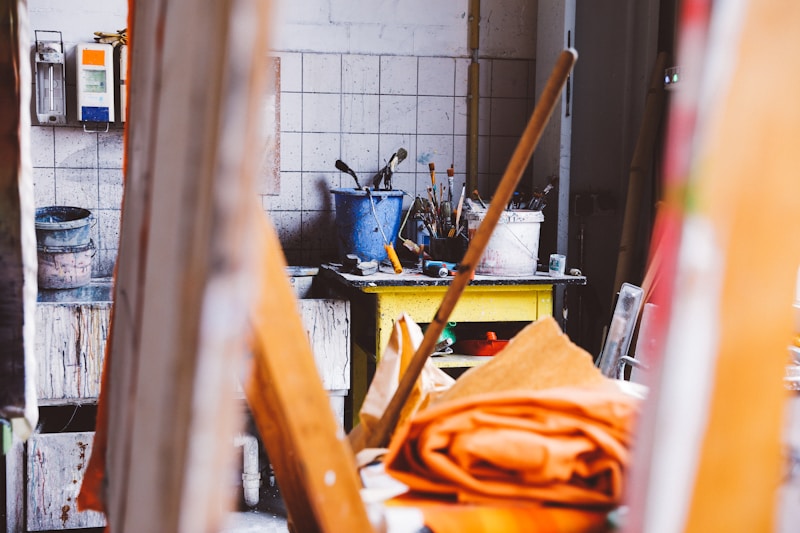Becoming a yogi is like being given the secret to gaining superpowers. There are ways that we can work the physical body to summon up superhuman sources of energy, vitality, and strength. One of these super-yogi methods is ‘THE BANDHAS’.
So, what exactly are the bandhas? Translated into English they mean bondage, restraint, joining together, fettering or catching hold of. They are a set of closing actions, which act as safety valves, to keep in the life force and energy known as prana, which is increased through the practice of pranayama. According to B K S Iyengar,
Without the bandhas, prana is lethal.
This is a dramatic statement! So, this is a subject not to be taken lightly – as such, YogaLondon has sought expert advice. Annie Carpenter, a globally respected yoga teacher, founder of SmartFLOW Yoga and an authority on the bandhas, agreed to give us the lowdown on all things bandha.
The Three Bandhas
But first, an introduction to our protagonists: Jalandhara bandha, Uddiyana bandha, and Mula bandha. Taken all together they are the supergroup Maha banda or ‘great’ bandha. Give it to us Annie:
The Maha Bandhas are the three great seals in the body. The lowest one, which is mula bandha, the middle bandha, uddiyana bandha, and the chin lock, jalandhara bandha, and if you put all three together then you have maha bandha.
What is their purpose?
According to Annie, the purpose of the bandhas is “to move prana up the Sushumna [the main channel for the flow of nervous energy up the spinal column]. This upward movement of energy is the goal of yoga in the classical sense of the word, yoga.”
In his book Light on Pranayama, Iyengar comes up with a neat simile. He compares prana to the generation of electricity. Just as electrical energy needs to be channelled through conductors, fuses and switches, prana, another source of powerful energy, needs to be contained and dispersed to the right places so as not to damage the body and nervous system. The bandhas are these controlling fuses.
Jalandhara Bandha
The first bandha which you should get to grips with is Jalandhara bandha, otherwise known as the ‘chin lock’, and which means a net, web, or lattice. The Jalandhara action is when the neck and throat are contracted and the chin is made to rest on the chest, or as close to the chest as you can get it, between the collar bones and at the top of the sternum. This action is first practiced in shoulderstand, Setu bandha, and Viparita Karani – all the poses where the back of the neck is lengthened and the chin moves towards the chest.
Jalandhara bandha is the first ‘locking’ action of the three bandhas, as it regulates the flow of blood and prana to the heart, neck, and head. Without this action, the pressure created by pranayama can put a strain on the heart, eyeballs, inner ears and can cause dizziness. It is also a cooling posture as it keeps the brain passive and soft.
Annie states that Jalandhara bandha is the most important bandha for pranayama, and it’s used in most seated pranayamas.
Uddiyana Bandha
This bandha is the middle bandha and means ‘flying up’. This is a literal description of the process, which is to lift the diaphragm and pull the abdominal organs towards the spine. This causes a concavity from the lower ribs to the lower abdomen (in an ideal world). It should only be performed in the space between exhalation and inhalation (and not while holding the breath on the inhalation).
Uddiyana bandha exercises the diaphragm, abdominal organs, and tones the heart. It also increases the digestive fire and eliminates toxins.
There is a pose called Uddiyana bandha as well (sometimes known as Uddiyana bandha kriya), which involves the extreme version of this action. Performed in a standing position with the legs slightly bent and hands resting on the thighs, Jalandhara bandha is engaged and then the Uddiyana action – after an exhalation breath – where the whole abdominal region is contracted, pulled back to the spine and lifted up. This is the penultimate pose in Light on Yoga, and as the poses generally get harder the deeper you get into the book, this gives some indication of how advanced a practitioner you need to be before performing this action unsupervised.
Mula Bandha
Meaning the root, base, beginning, or the foundation, Mula bandha seals the base of the trunk – the pelvic floor. The perineum, which is the space between the anus and the scrotum, or the anus and the vagina (take your pick), is contracted, and drawn up and in. By contracting this region, Apana Vayu (the prana in the lower abdomen), which naturally flows downward, is redirected upwards to merge with the Prana Vayu (the prana centred in the chest region).
According to Annie, mula bandha is the most important bandha to engage during asana practice. An introduction to Mula bandha is through Ashwini mudra,
which is the practice of contracting the anal sphincter muscle. This can be used during poses such as Tadasana (Mountain Pose), Sirsasana (headstand), Sarvangasana (shoulderstand) and Urdhva Dhanurasana (Upward facing bow pose), where the legs are together.
There can be differences of opinion as to exactly what regions are specifically contracted in uddiyana bandha and mula bandha. Annie clarifies that: “Mula bandha is the area of the pelvic floor. Uddiyana is above that to the diaphragm.”
Maha Bandha
Maha bandha is the practice of all three bandhas at the same time. A little like rubbing your tummy and patting your head, mastering these bandhas one at a time before attempting all three is advisable. Annie Carpenter clarifies that you should “not practice [maha bandha] if you are on your menstrual cycle, are pregnant, or if you want to fall pregnant. Also, you should avoid the practice if you feel out of sorts, emotionally or psychologically.”
All three bandhas are also practiced in the pose Maha Mudra, meaning ‘great seal’. In this seated posture, one leg is bent up and the foot placed against the inner thigh of the opposite leg. You reach forwards and catch the extended leg big toe (or a looped belt), keeping the spine lifting and concave. After inhaling, the chin is lowered into Jalandhara bandha, then Uddiyana bandha is activated and finally Mula bandha. This is a safer way to prepare the body for pranayama and to practice the bandhas.
Precautionary Words
There’s no doubt that the bandhas are best practiced under experienced supervision. Annie warns that “students should begin with a teacher who really knows the practices, as they can be very powerful and disorienting, if not done at the right pace, etc.”
It’s crucial that students are experienced at both the asanas and pranayama before regular practice of the bandhas. Annie Carpenter advises that “it is important to note that at first, the practice is very muscular; but ultimately it is mostly energetic and intentional. Less is definitely more.”
Benefits of the Bandhas
However, for the yogi who commits to and masters the practice of the bandhas, there are untold rewards. Annie herself practices them “often” and in Light on Yoga, Iyengar says:
With the mastery of the three bandhas, the yogi is at the cross-roads of his destiny. One road leads to bhoga or the enjoyment of worldly pleasures; the other leads to Yoga or union with the Supreme Soul.
…Choose wisely.













